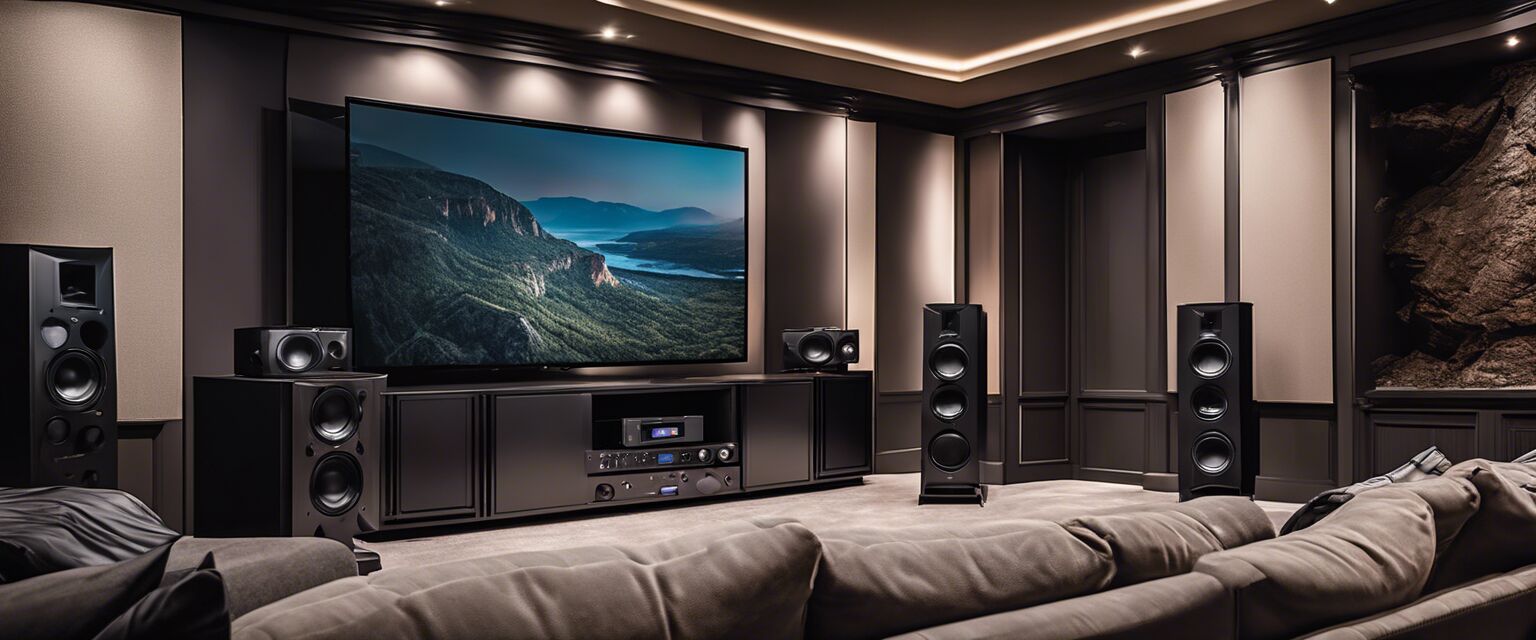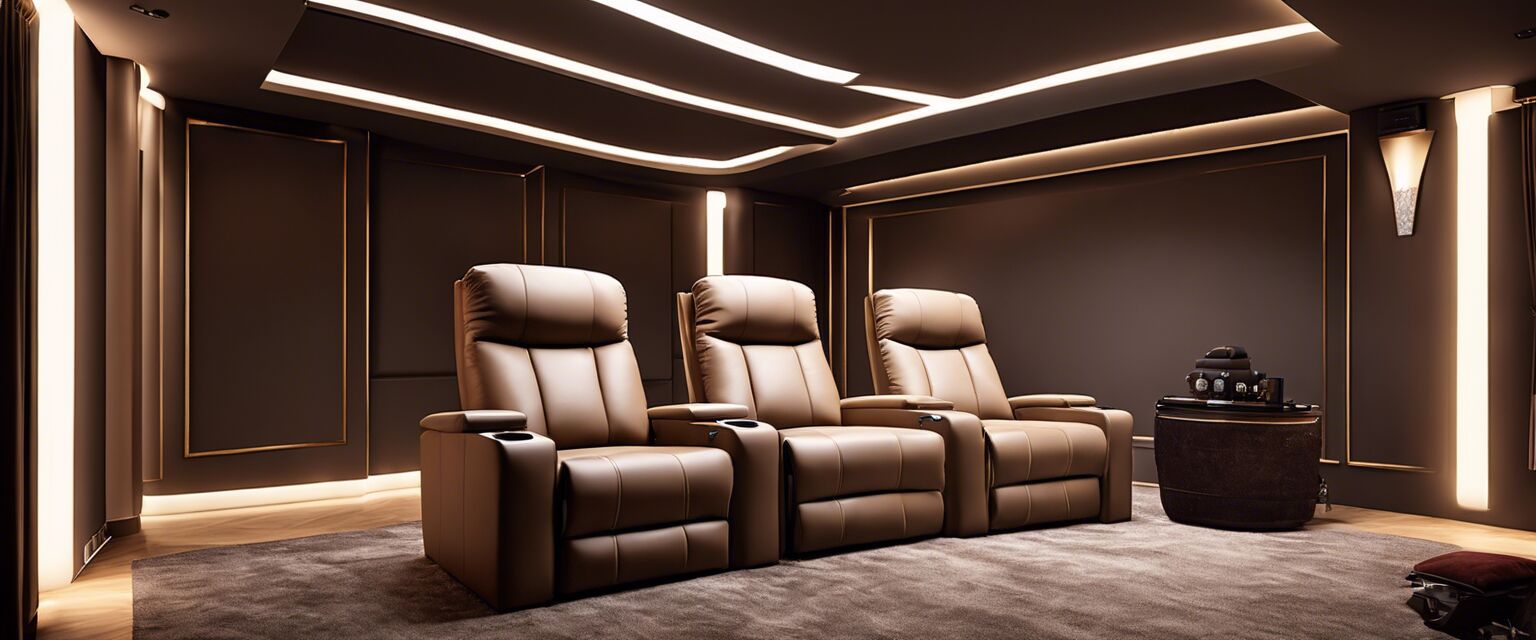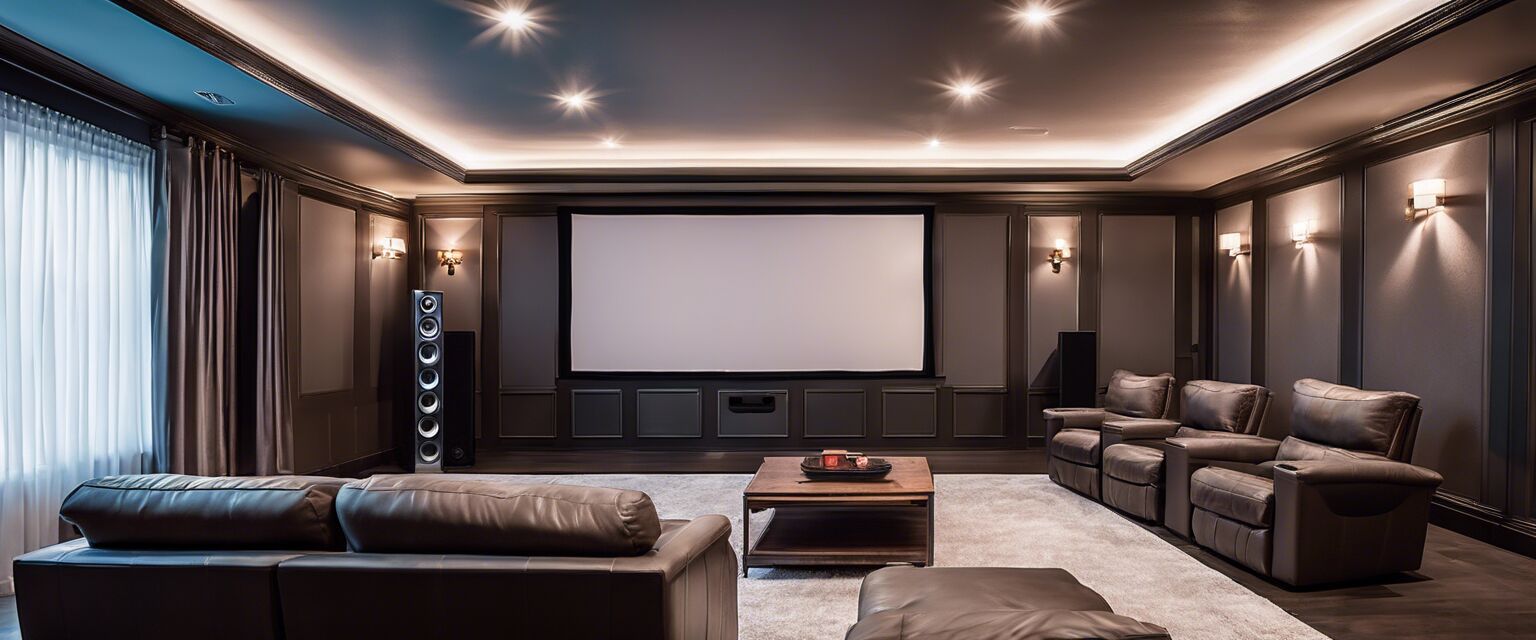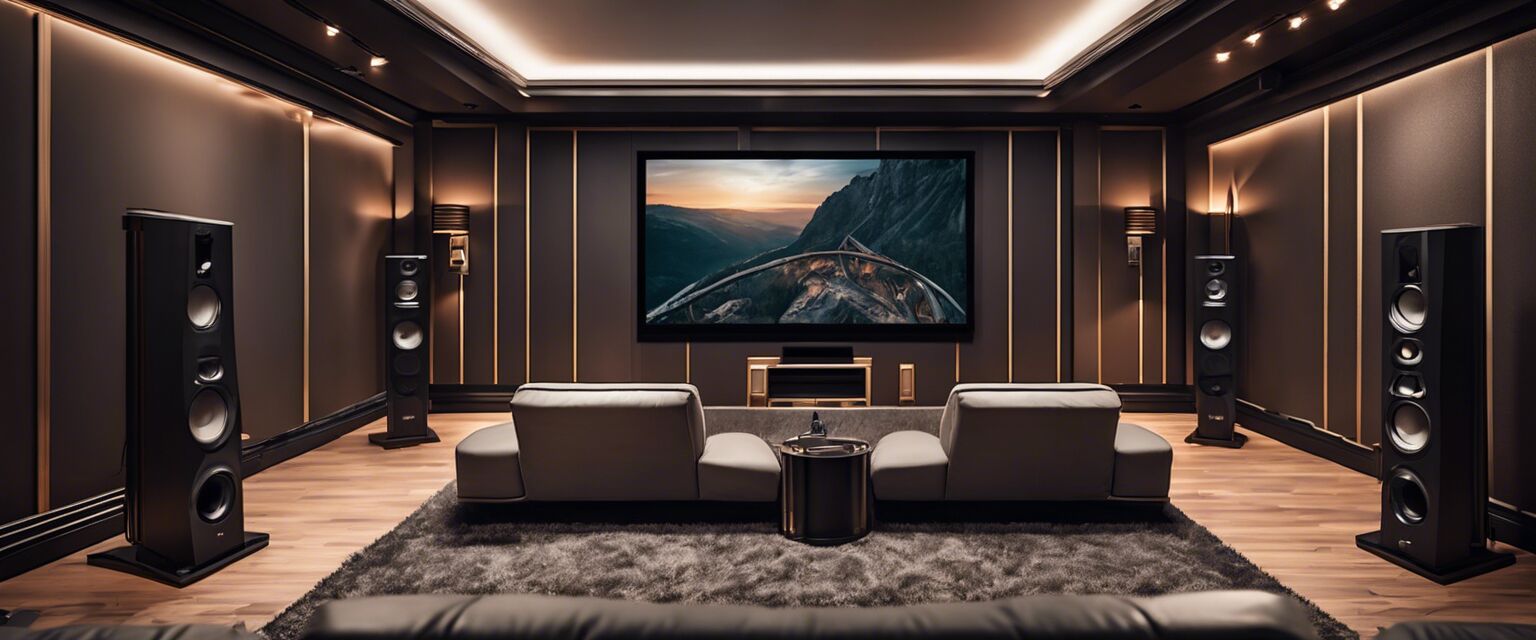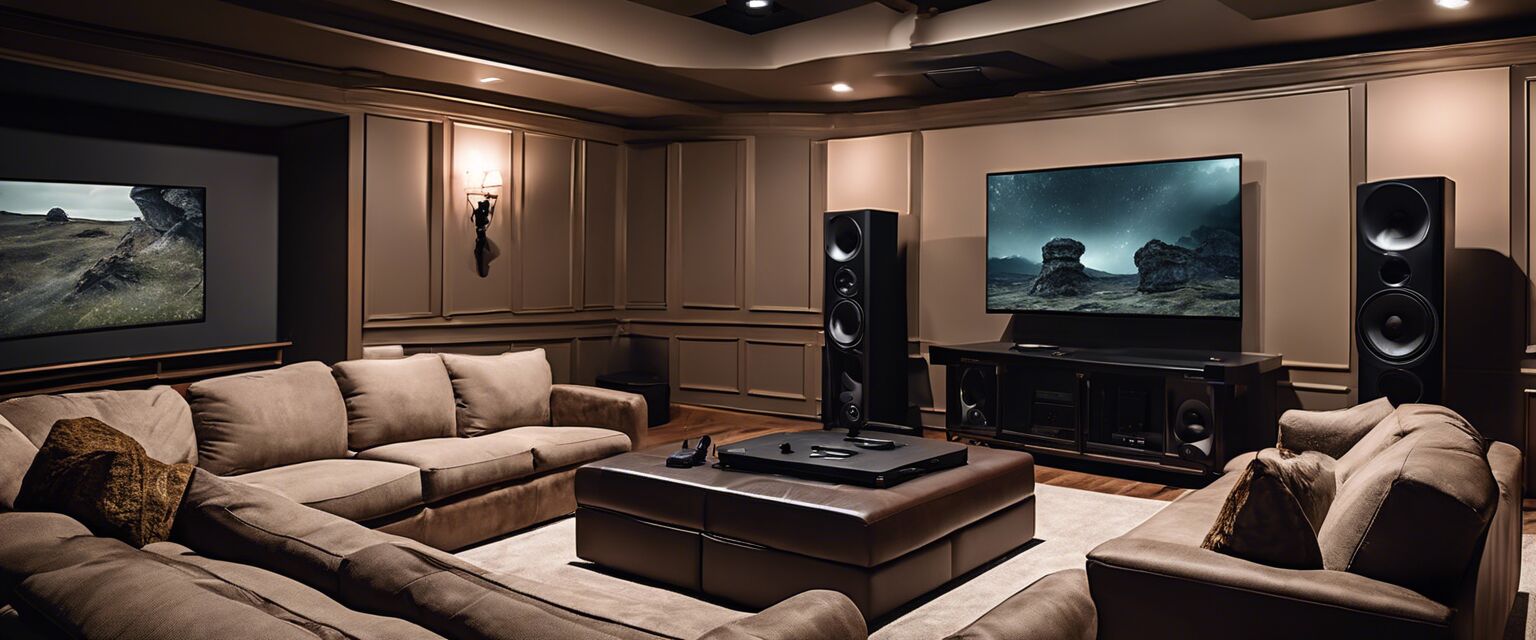
Advanced Audio Calibration
Key Takeaways
- Understanding room acoustics is crucial for optimal sound quality.
- Utilizing sound measurement tools can significantly enhance audio calibration.
- Regularly adjusting your audio settings based on the environment can keep your system performing at its best.
- Advanced calibration techniques can involve software and hardware adjustments.
- This guide covers essential tips for achieving the best audio experience.
When it comes to high-end audio setups, achieving peak performance is paramount. Advanced audio calibration ensures that you enjoy the best sound experience possible by optimizing your equipment and room acoustics. In this guide, we will explore various methods and tools for audio calibration, as well as tips to enhance your home theater experience.
Understanding the Basics of Audio Calibration
Audio calibration refers to the process of adjusting audio equipment settings to achieve the best sound quality possible within a specific environment. Different factors can disrupt optimal sound, including room acoustics, speaker placement, and equipment quality.
Why is Audio Calibration Important?
- Improves sound accuracy and fidelity.
- Reduces undesirable noises and echoes.
- Maximizes the performance of high-end audio equipment.
- Creates a balanced listening experience across frequencies.
Tools for Audio Calibration
There are various tools available to assist in the audio calibration process, ranging from the most basic to advanced professional setups. Below is a comparison of these tools:
| Tool | Description | Price Range |
|---|---|---|
| Sound Level Meter | Measures sound levels to ensure balanced audio | $30 - $100 |
| Room EQ Wizard (REW) | PC software that analyzes room acoustics | Free |
| Microphone Calibration Kit | Includes calibrated microphones for precise measurement | $150 - $300 |
| Speaker Calibration Software | Automatically calibrates speakers using a calibration mic | $100 - $500 |
Setting Up Your Home Theater System
Before starting the calibration process, it’s vital to have your home theater system set up correctly. Here are key considerations:
1. Room Acoustics
The acoustics of your room greatly affect sound quality. Here are some tips:
- Wall Treatments: Add acoustic panels to absorb sound reflections.
- Carpets: Use carpets or rugs to reduce echo.
- Furniture: Choose furniture that can help dampen sound.
2. Speaker Placement
Proper speaker placement is essential for optimal audio performance. Follow these recommendations:
- Ensure speakers are at ear level when seated.
- Maintain an equilateral triangle between the speakers and listening position.
- Avoid placing speakers directly against walls.
3. Using Calibration Tools
After your setup is complete, it’s time to utilize your audio calibration tools effectively:
- Measure noise levels with a sound level meter.
- Run frequency analyses using REW software.
- Adjust the equalizer settings based on analysis results.
Advanced Techniques for Calibration
For those who want to dive deeper, consider the following advanced calibration techniques:
1. Automated Calibration Systems
Many high-end receivers come with built-in automatic calibration systems like Audyssey or Dirac Live, which can greatly simplify the process:
- Follow the on-screen instructions to set up.
- Allow the system to measure sound levels and adjust settings automatically.
2. Manual Calibration Adjustments
Sometimes, manual tweaking can yield even better results:
- Fine-tune your equalizer settings.
- Adjust speaker distances based on personal listening preference.
Maintaining Your Calibration
Maintaining optimal audio calibration is an ongoing process:
- Regularly check speaker placements and make adjustments as needed.
- Make recalibrations after major changes in room layout.
- Keep your calibration tools updated or recalibrated.
Conclusion
Optimal audio calibration transforms your home entertainment experience. With the right tools, approaches, and maintenance, you can ensure that your high-end audio setup sounds its best every time you enjoy your favorite movies or music.
Tips for Beginners
- Start with a basic sound level meter and learn the fundamentals.
- Experiment with different room layouts to find the best acoustics.
- Don't hesitate to reach out to audiophile communities online for additional advice.
Pros
- Enhances overall audio quality significantly.
- Personalizes sound to your unique room and preferences.
- Increases the value of your high-end audio investment.
Cons
- Can be time-consuming to set up effectively.
- Requires careful attention to detail.
- Some tools and software can be expensive.
